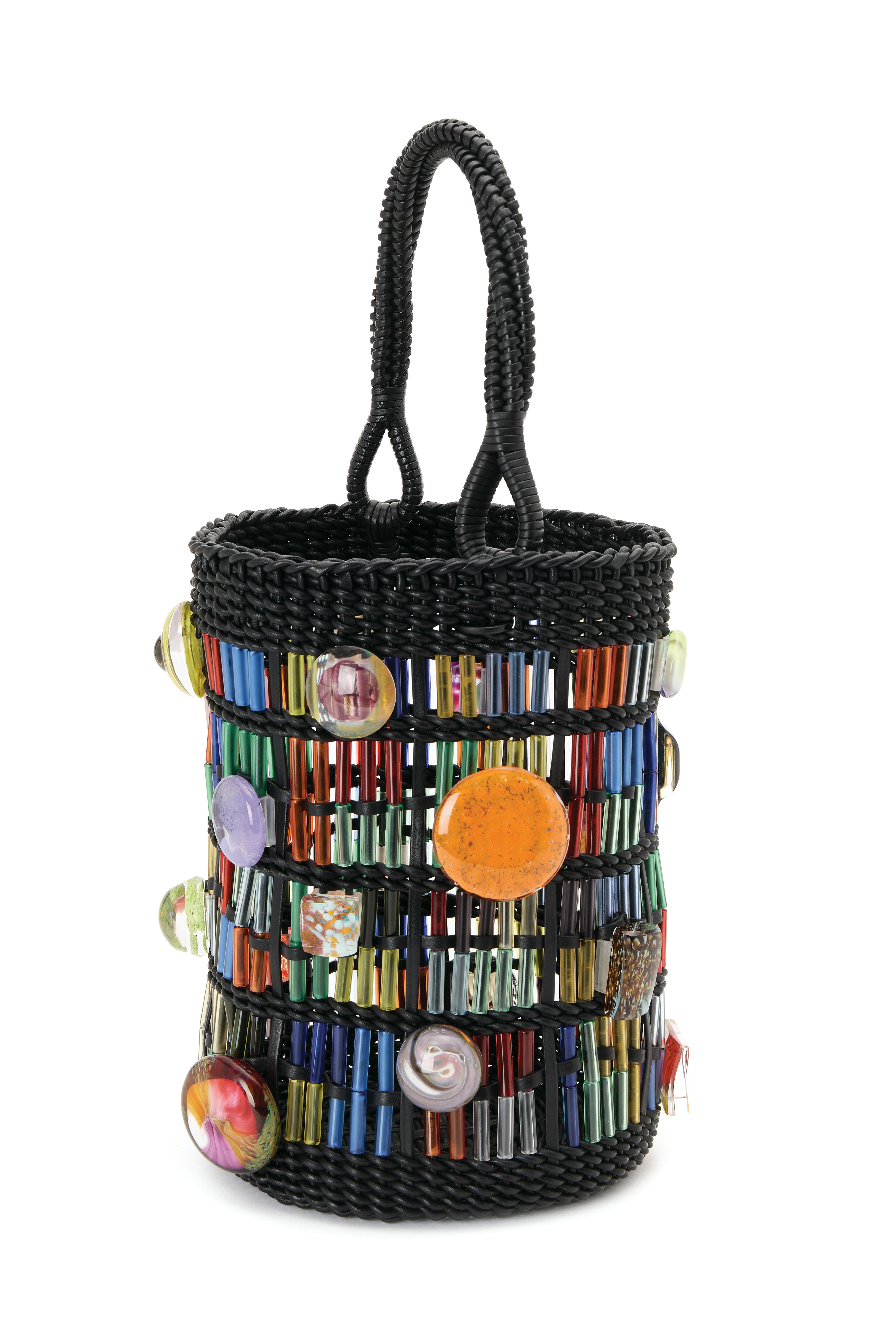
The Fall/Winter 2025 collections read like the syllabus to a modern art survey course. Sacai photo-embroidered Surrealist photographer Man Ray’s “Glass Tears” and other cinematic, closely cropped images of lips and the eyes on knit and woven pieces. Vaquera screen-printed Pop artist Andy Warhol’s ghostly photo negative “Four Marilyns (Reversal)” on carpenter jeans, a workwear jacket, and a denim maxi skirt. And for his final Loewe collection, Jonathan Anderson took cues from the work of the Bauhaus artist couple Anni and Josef Albers, reimagining five of her pictorial weavings, five of his Homage to the Square paintings, and his early stained-glass piece “Scherben im Gitterbild (Shards in Screens)” on bags and small leather goods.
What emerges from these collections is less about appropriation and more about dialogue. Art and fashion have long fed one another, with designers looking to the language of painting, sculpture, and photography to expand what clothing can communicate. In turn, artists have often borrowed from the textures, silhouettes, and cultural immediacy of dress. On the runway, these exchanges blur boundaries: a garment becomes a canvas, while a painting becomes something lived in and moved through. The result is a cyclical inspiration—fashion reinterpreting art’s visual codes, art reflecting back the ephemerality and theater of fashion that keeps both worlds in constant evolution.












